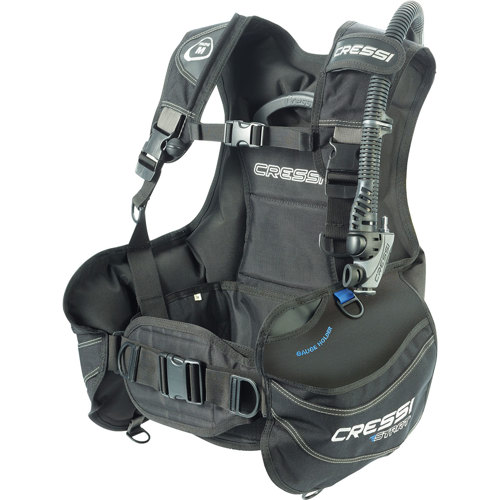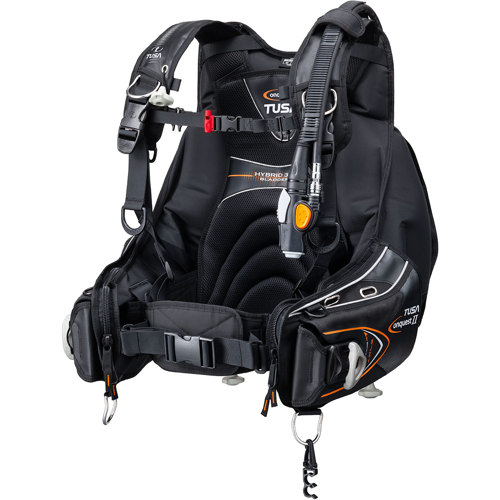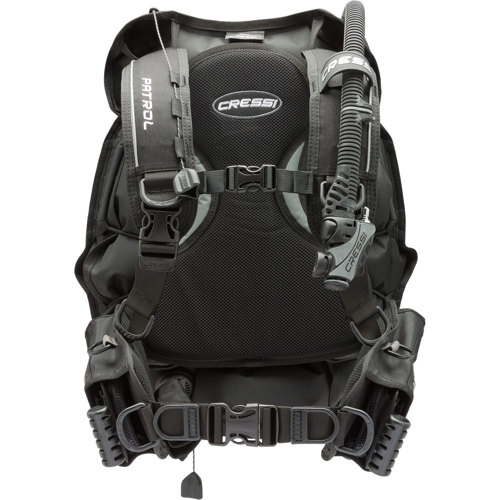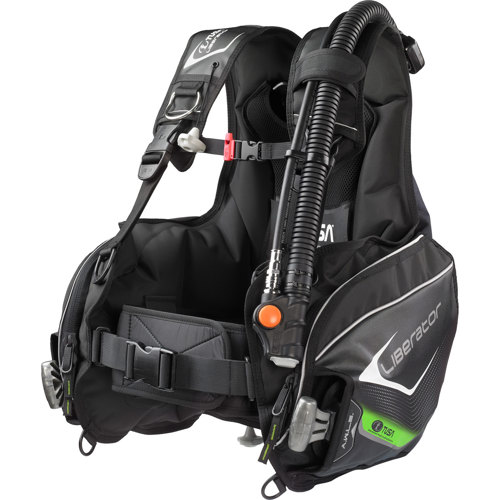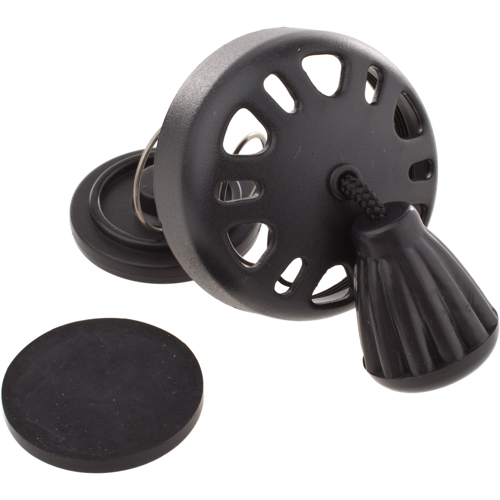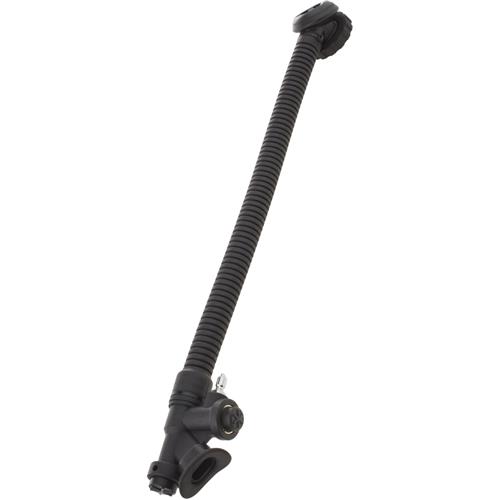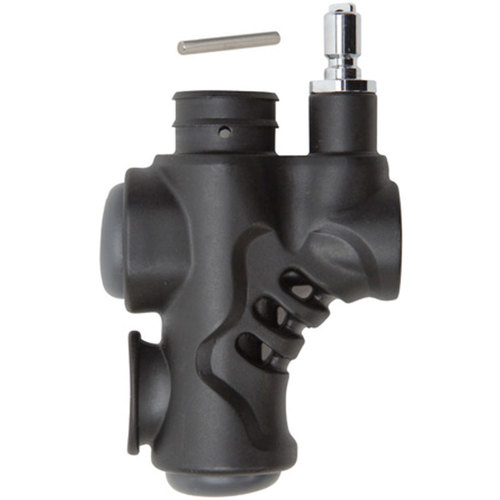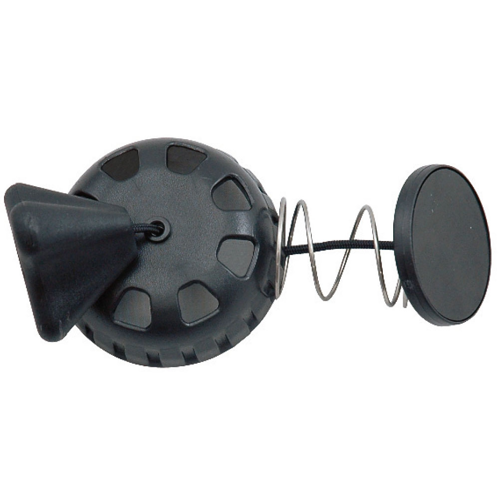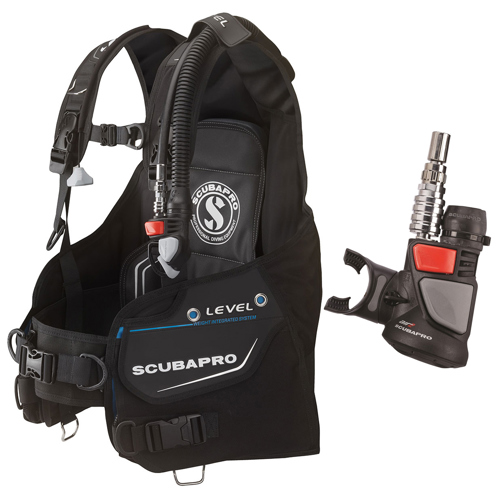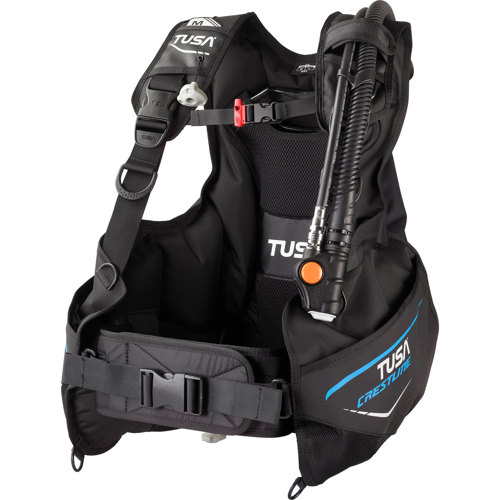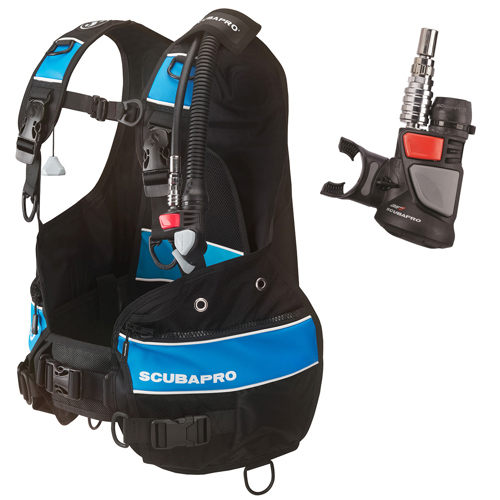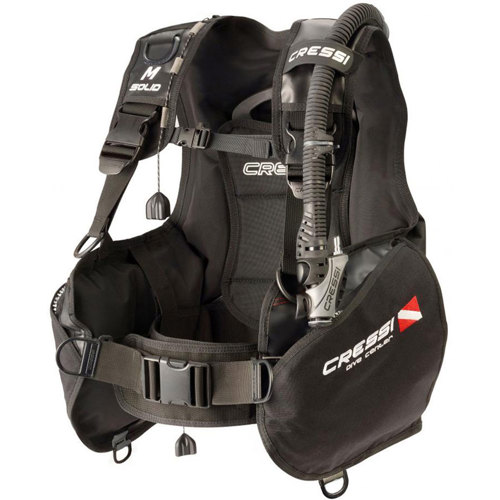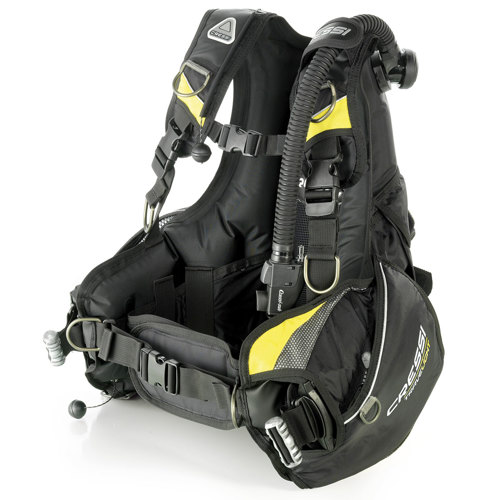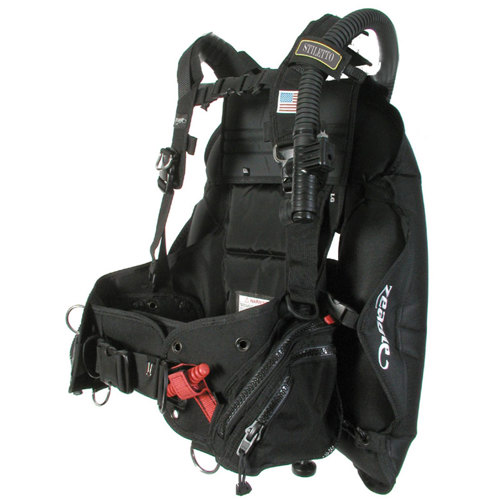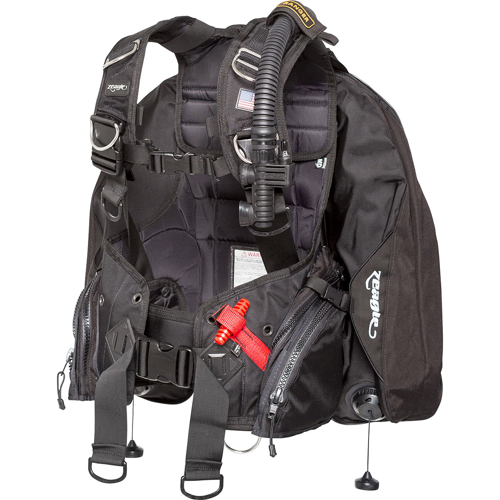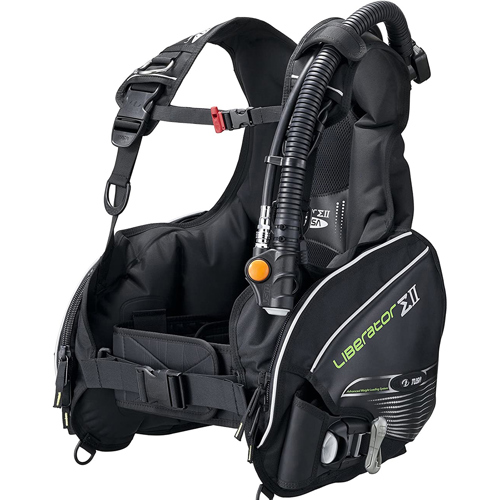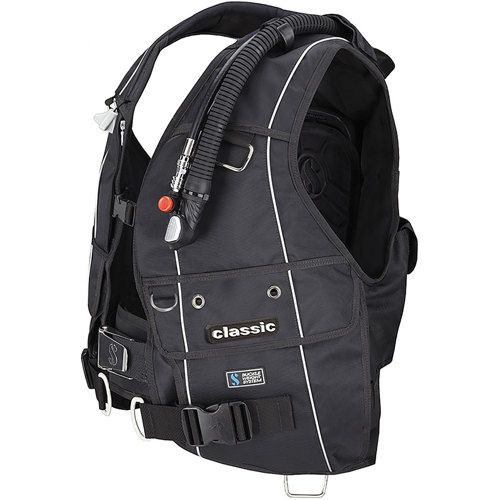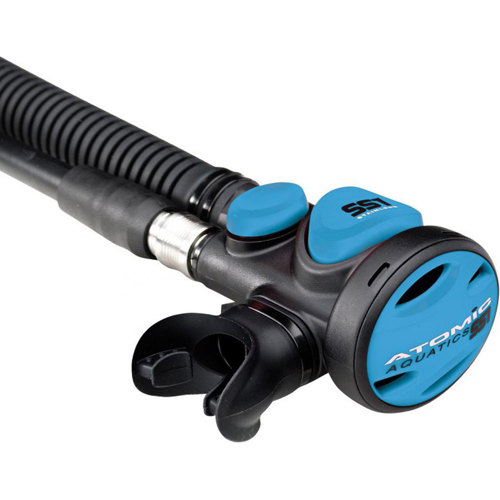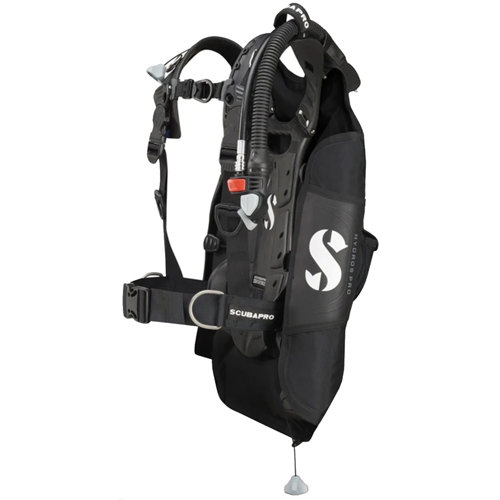Buoyancy control valves are the unsung heroes of every diver’s kit, quietly enabling smooth, effortless movement through the water and ensuring safety at every stage of a dive. Whether you’re a seasoned diver exploring the lush kelp forests off the Pacific coast in late summer or a beginner gearing up for your first open water certification, mastering buoyancy is essential—and it all starts with reliable, well-designed valves. These valves, sometimes referred to as dump valves or over-pressure valves, are integrated into your buoyancy compensator device (BCD) and allow for precise regulation of air within the BCD’s bladder. With each squeeze of a power inflator or gentle tug on a pull cord, you can add or release air, making micro-adjustments as you hover weightlessly above a coral reef or begin your controlled ascent to the surface. For many, it’s the difference between a dive that feels clumsy and one that feels like flying. The importance of these valves becomes especially apparent when you’re navigating changing depths, adjusting for the weight of new equipment, or dealing with the unpredictable conditions that late summer often brings—currents, thermoclines, and shifting visibility.
Selecting the right buoyancy control valve is a thoughtful process, shaped by both the diver’s experience and the environments they frequent. Experienced divers may appreciate valves that offer manual precision, enabling them to fine-tune their trim and positioning for photography or delicate wreck exploration. Beginners, on the other hand, often benefit from intuitive, integrated systems that simplify the learning curve and build confidence underwater. There’s also the matter of where the valves are positioned—shoulder or lower back placements can make a significant difference depending on your preferred diving style or the type of BCD you use. Automatic valves that respond to changes in pressure can be a boon for those who want a little extra assistance in maintaining neutral buoyancy, while manual options provide that tactile connection many divers love. As the season transitions and water temperatures fluctuate, divers may also find themselves adding or shedding exposure protection, which means buoyancy needs can change from dive to dive. That’s when having a dependable, easy-to-operate valve system truly pays off, reducing fatigue and allowing you to focus on the experience rather than constant adjustments. For those looking to round out a diver’s kit—perhaps as a thoughtful gift for a friend embarking on a tropical dive trip or a family member pursuing advanced certifications—buoyancy control valves are a practical, often overlooked upgrade that can make a world of difference in comfort and safety.
Beyond the valves themselves, achieving optimal buoyancy is a holistic process. Divers often pair their BCD’s valves with carefully chosen
Buoyancy Control Weights to fine-tune their underwater balance. This synergy between valves and weights allows for effortless hovering, smooth descents, and relaxed ascents, all while minimizing drag and conserving precious energy. The right combination gives you the freedom to glide over vibrant reefs, investigate nooks and crannies for hidden marine life, or simply pause mid-water to take in the serenity of your surroundings. As you browse through the selection of buoyancy control valves, consider not just the technical specifications but how each feature might enhance your personal diving style, support your growth as a diver, or bring peace of mind to your underwater adventures. Whether you’re preparing for warm August dives in crystal-clear waters or gearing up for a new season of exploration, a quality buoyancy control valve is an investment in both your safety and your enjoyment beneath the waves.
Top Picks For Buoyancy Control Valves

